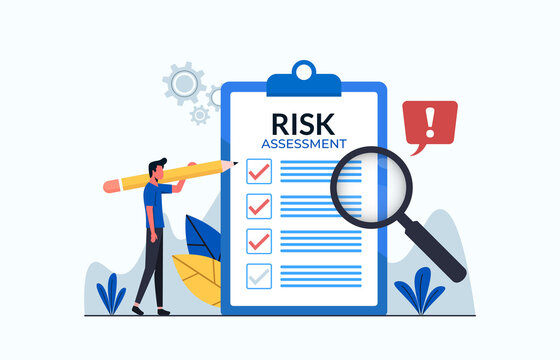Quality Risk Assessment for Punch Set Change of Product
Original price was: ₹30.00.₹20.00Current price is: ₹20.00.
+ Free ShippingQuality Risk Assessment for Punch Set Change of Product
When considering a quality risk assessment for a punch set change in product manufacturing, there are several factors to consider to ensure that product quality remains consistent and meets all required standards. Here’s a step-by-step approach to conducting this assessment:
1. **Identify Potential Risks**: Start by identifying what could go wrong when changing the punch set. This could include alignment issues, material compatibility, wear and tear on the new punch, and changes in tooling tolerances.
2. **Assess Probability and Impact**: For each identified risk, assess the likelihood of occurrence and the potential impact on product quality. This involves considering how often the punch set is changed, the skill level of operators, and the quality control measures in place.
3. **Mitigation Strategies**: Develop strategies to mitigate identified risks. This might involve additional training for operators, enhanced inspection routines, or engineering adjustments to the punch set.
4. **Implementation of Changes**: Carefully plan the implementation of the punch set change, ensuring that all operators are informed and any necessary adjustments to machinery are made.
5. **Monitoring and Review**: After implementing the new punch set, continuously monitor the outputs to detect any deviations from expected quality standards. Review the performance regularly and adjust your risk assessment based on real-world experience.
6. **Documentation**: Keep detailed records of the change process, observations, and any issues encountered. This documentation will be crucial for future audits and for continuous improvement processes.
7. **Communication**: Ensure that there is clear communication across the team and with any stakeholders about the changes, the reasons for them, the risks involved, and the measures taken to mitigate those risks. This approach helps in maintaining control over the production process and ensures that the product quality is not compromised by the change in equipment.









Reviews
There are no reviews yet.